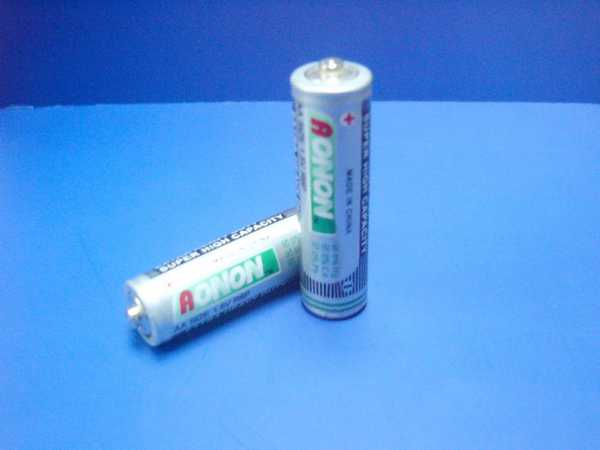- Home
- Products
- Elementary
- Boride Powder
- 3D Printing Powder
- Sulfide Powder
- Oxide Powder
- Carbide powder
- Nitride Powder
- Silicide Powder
- Hydride Powder
- Telluride Powder
- Selenide Powder
- Stearic Acid Series
- Phosphide Powder
- Nanoparticles
- Metal Alloy
- MAX Phase
- Lithium Battery Anode
- Surfactant
- Molecular sieves
- Concrete Admixtures
- News
- Answers
- Contact
- About
Answers
- 0
- 0
Common problems in the use and maintenance of lithium batteries
If you are looking for high-quality products, please feel free to contact us and send an inquiry, email: brad@ihpa.net
For billionaires, the new crown epidemic is like a 'gold rush'! The Deutsche Presse-Agentur said on the 17th that in 2022, the wealth held by the world's top ten richest people will jump from $700 billion to $1.5 trillion, an average daily increase of $1.3 billion, an increase that exceeds the past 14 years. These 10 people The wealth held by the world’s poorest 3.1 billion people is six times greater than that of the world’s poorest 3.1 billion people. The 10 richest Germans have increased their assets from the equivalent of about 125 billion euros to about 223 billion euros since the start of the Covid-19 pandemic, An increase of about 78%. This wealth is roughly equivalent to the total wealth of the poorest 40% of the population, or 33 million Germans.
In the future, demand for lithium-ion battery will grow as fast as the wealth of the rich during the pandemic.
1. Basic concepts of lithium-ion battery:
The lithium-ion battery has a nominal voltage of 3.7V (3.6V) and a charge cut-off voltage of 4.2V (4.1V, which has different designs according to the brand of the battery). (The specification for lithium-ion batteries is: lithium-ion secondary batteries
2. Requirements for charging lithium-ion battery (GB/T182872000 specification)
First of all, constant current charging, that is, the current is constant, and the battery voltage gradually increases with the charging process. When the battery terminal voltage reaches 4.2V (4.1V), the constant current charging is changed to constant voltage charging; the voltage is constant, and the current is based on the battery. The saturation level gradually decreases as the charging process continues, and when it decreases to 0.01C, the charging is considered to be terminated. (C is a way of expressing the battery's nominal capacity against the current. For example, if the battery has a capacity of 1000mAh, 1C is the charging current of 1000mA. Note that it is me instead of mAh, and 0.01C is 10mA.) Of course, the standard representation is 0.01 C5A, simplified here.

3. Why do you think 0.01C is the end of charging?
This is stipulated by the national standard GB/T18287-2000, and it is also discussed. In the past, everyone generally ended with 20mA. The industry standard YD/T998-1999 of the Ministry of Posts and Telecommunications also stipulates that no matter how large the battery capacity is, the stop current is 20mA. The 0.01C specified by the national standard helps charge more fully, which is beneficial for the manufacturer to pass the appraisal. In addition, the national standard stipulates that the charging time should not exceed 8 hours; that is to say, even if it has not reached 0.01C, the charging is considered to be over after 8 hours. (Batteries with good quality should reach 0.01C within 8 hours, for batteries with poor quality, it is meaningless to wait).
4. How to distinguish whether the battery is 4.1V or 4.2V?
Consumers are indistinguishable; it depends on the product specification of the cell manufacturer. Some brands of batteries are 4.1V and 4.2V universal, such as A&TB (Toshiba); domestic manufacturers are 4.2V, but there are exceptions, such as Tianjin Lishen is 4.1V (but it is currently 4.2V).
High-quality graphite supplier
Luoyang Moon & Star New Energy Technology Co., LTD, founded on October 17, 2008, is a high-tech enterprise committed to developing, producing, processing, selling, and technical services of lithium-ion battery anode materials. After more than 10 years of development, the company has gradually developed into a diversified product structure with natural graphite, artificial graphite, composite graphite, intermediate phase, and other negative materials (silicon-carbon materials, etc.). The products are widely used in high-end lithium-ion digital power and energy storage batteries. If you are looking for Lithium battery anode material, click on the needed products and send us an inquiry:sales@graphite-corp.com.
A preparation developed in China; the comfort and the multifunctional properties of nanomaterials make "dead skin" capable of sensing again. Electronic skin is artificial skin that mimics the function of human skin. Recently, the world-renowned journal Advanced Science reported a simple and highly programmable electronic skin on a leather substrate developed by a Chinese team, which combines the natural complex structure of leather, the comfort of wearing, and the multi-functional properties of nanomaterials. , so that the "dead skin" has the ability to sense again.
In the future, lithium-ion battery will be used in various high-tech fields, and the market demand for lithium-ion battery will also be great. Please contact us for more information on lithium-ion battery.
Inquiry us